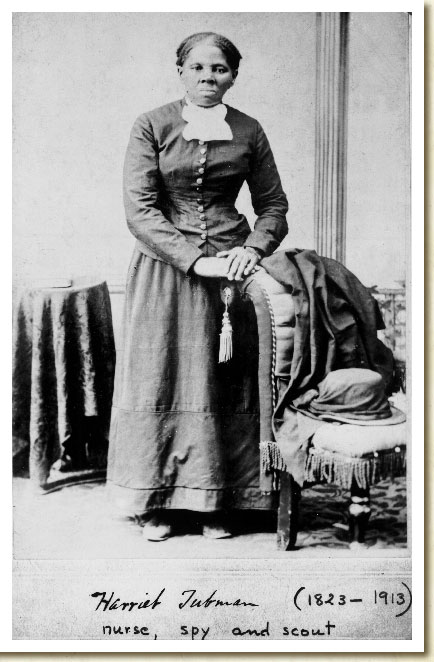 While you’re working through Scott Reynolds Nelson’s book this week, you may enjoy listening to some versions of the John Henry ballad available at NPR, including the earliest recorded version by Fiddlin’ John Carson, which is discussed in the book on pp. 138-141. You can also see one of the earliest printed versions of the lyrics here. For your reading response this week, use ONE of the following questions. But also be prepared to talk about all of these questions this Thursday.
While you’re working through Scott Reynolds Nelson’s book this week, you may enjoy listening to some versions of the John Henry ballad available at NPR, including the earliest recorded version by Fiddlin’ John Carson, which is discussed in the book on pp. 138-141. You can also see one of the earliest printed versions of the lyrics here. For your reading response this week, use ONE of the following questions. But also be prepared to talk about all of these questions this Thursday.
- This is one of the first books we’ve read that relies heavily on songs, which Nelson calls “documents without paper” (p. 27), as primary sources. Are songs reliable historical sources?
- The short Disney film that we watched depicts Abraham Lincoln’s signing of the Emancipation Proclamation as a dramatic turning point, after which John Henry is freed from his chains, able to marry, and work for the promise of his own land. After reading the Nelson book, is this an accurate representation of the post-emancipation South?
- Are you convinced that Nelson found the real John Henry in “John Wm. Henry”? Does it matter to his larger story whether he did or not?
- The John Henry story is now often remembered as a heroic triumph of a hard-working man over machine that saved workers’ jobs and showed that human beings can accomplish anything. (Or, as James Earl Jones put it in the video, it shows that the American spirit is “indomitable.”) Based on evidence presented in the book, would the earliest keepers of the John Henry story would have viewed the story this way?
Though I don’t want you to use them for your writing response, here a couple of other things to think about:
- Nelson argues that different groups of people–miners, prison convicts, railroad workers, twentieth-century “folk” musicians, and white Southern mill workers–all developed their own distinctive versions of the John Henry story and song. What were the key differences between the versions of these different groups? Can their versions of the song shed light on the way these various groups viewed the world?
- Why did the John Henry ballad appeal to Communists in the 1930s? Why would he appeal to liberals and official American propagandists in the 1940s? Were the reasons for John Henry’s appeal the same in both cases?
If you want some more music, why not head over to YouTube to listen to Bruce Springsteen, Mississippi John, and Woody Guthrie singing about John Henry?
Image credit: “John Henry Building a Railroad,” by Fred Becker (1935), available at Smithsonian American Art Museum.


 Hope you all had a good Spring Break! This week’s reading, listed on the
Hope you all had a good Spring Break! This week’s reading, listed on the 